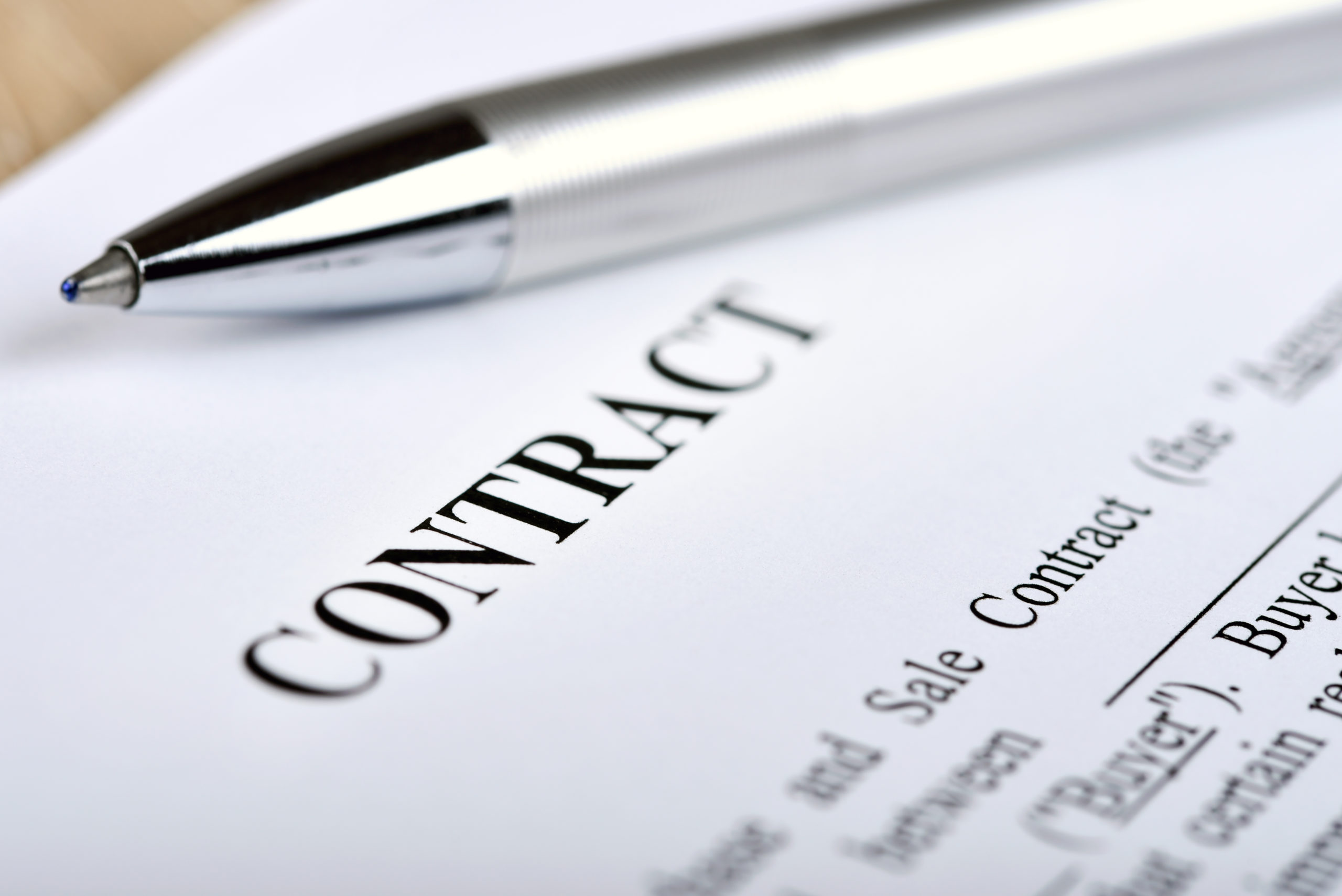Nicholas Kyriakoudes
A “make good” clause is a term in a lease which sets out the condition in which a tenant is to leave the leased premises in at the expiry of the lease term. These clauses identify the condition in which the property should be returned to once the tenant no longer has possession of the premises and returns possession to the landlord.
Properly drafted make good clauses are important as they make clear each party’s rights and entitlements in respect of the condition of the leased premises after the expiry of the lease. For example, a tenant has knowledge of what they must do at the end of a lease period with respect of removing or not removing any wiring, fit-outs, additions, or other fixtures they may have installed to the premises during the lease. Likewise, a landlord is provided with peace of mind in respect of the condition they should expect their premises to be returned in.
Importance of wording – different levels of make good
Depending on the construction of the make good clause, the tenant will have different types of obligations to “make good”. For example, the tenant may be required to return the premises to the exact (bare shell) state it was in at the commencement of the lease, or the tenant may only be required to remove any partitions or additions they make to the premises.
Given that many disputes can arise as to what extent a tenant is required to make good, proper drafting of such clauses is necessary and you should seek advice from one of our solicitors should you need to draft such a clause. For example, a tenant may argue that a make good clause only requires them to remove any additions they make to the premises and not necessarily return the premises to the condition it was in during the lease’s commencement, or it may argue that their obligation to make good requires the premises to be returned to the condition in which it was in at the commencement of the lease pursuant to the exercise of an option, rather than the original lease in which they took possession of the premises.
Given the potential issues that may arise, the importance of properly drafting these sections professionally should not be understated. Properly drafted make good clauses can resolve these potential issues by making clear:
- What state the tenant is required to leave the premises in (such as whether the tenant is required to return the premises to a “bare shell” or simply remove additions they make).
- When the tenant is required to comply with this obligation.
- What property may be surrendered to the landlord if the tenant does not comply with their obligations and leaves their property on the premises.
- Any other consequences, such as liquated damages, which may flow from non-compliance.
- Whether compensating in lieu of making good applies.
Make good clauses may also set liquidated damages for failures
A lease may also set out the consequences for a tenant should they fail to comply with their make good obligations. As a part of these consequences, liquidated damages clauses may be incorporated into the tenants make good obligations. (To read more about liquidated damages see our prior post at What are liquidated damages? When might they be used? | Hansons Lawyers). Additionally, a lease may provide that a tenant can compensate the landlord instead of undertaking their make good obligations. The amount of compensation should be specified if this applicable. Therefore, it is important the tenant is made aware of the state which they should leave the leased premises in, and they should duly attend to this obligation in the appropriate period.
If you would like advice in respect of your rights and obligations under a lease, contact us on 42 222 666 or at hansons@hansonslawyers.com.au

